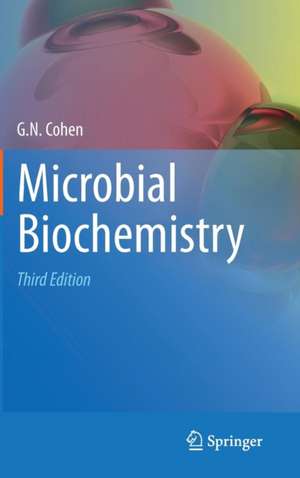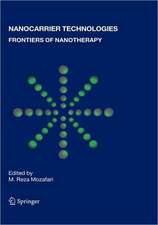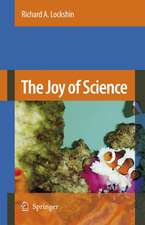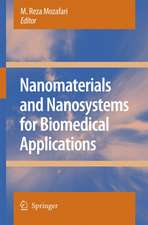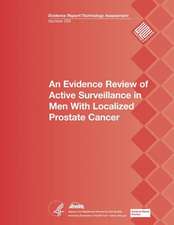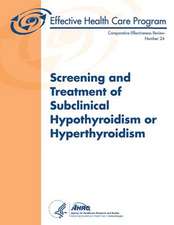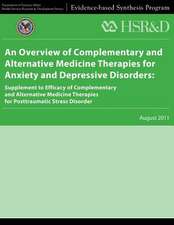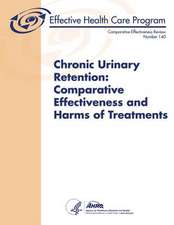Microbial Biochemistry
Autor G. N. Cohenen Limba Engleză Hardback – aug 2014
| Toate formatele și edițiile | Preț | Express |
|---|---|---|
| Paperback (1) | 1113.11 lei 43-57 zile | |
| SPRINGER NETHERLANDS – 17 sep 2016 | 1113.11 lei 43-57 zile | |
| Hardback (1) | 1120.40 lei 43-57 zile | |
| SPRINGER NETHERLANDS – aug 2014 | 1120.40 lei 43-57 zile |
Preț: 1120.40 lei
Preț vechi: 1179.37 lei
-5% Nou
Puncte Express: 1681
Preț estimativ în valută:
214.38€ • 224.44$ • 177.39£
214.38€ • 224.44$ • 177.39£
Carte tipărită la comandă
Livrare economică 07-21 aprilie
Preluare comenzi: 021 569.72.76
Specificații
ISBN-13: 9789401789073
ISBN-10: 940178907X
Pagini: 611
Ilustrații: XXVIII, 611 p. 314 illus., 9 illus. in color.
Dimensiuni: 155 x 235 x 30 mm
Greutate: 1.07 kg
Ediția:3rd ed. 2014
Editura: SPRINGER NETHERLANDS
Colecția Springer
Locul publicării:Dordrecht, Netherlands
ISBN-10: 940178907X
Pagini: 611
Ilustrații: XXVIII, 611 p. 314 illus., 9 illus. in color.
Dimensiuni: 155 x 235 x 30 mm
Greutate: 1.07 kg
Ediția:3rd ed. 2014
Editura: SPRINGER NETHERLANDS
Colecția Springer
Locul publicării:Dordrecht, Netherlands
Public țintă
ResearchCuprins
Bacterial growth.- The outer membrane of Gram-negative bacteria and the cytoplasmic membrane.- Peptidoglycan synthesis and cell division.- Cellular permeability.- Allosteric enzymes.- Glycolysis, gluconeogenesis, glycogen and cellulose biosynthesis.- The pentose phosphate and Entner-Doudoroff pathways.- The tricarboxylic acid cycle and the glyoxylate bypass.- ATP-generating processes. Respiration and Fermentation.- Biosynthesis of lipids.- Iron-sulfur proteins.- The Archaea.- Methanogens and methylotrophs.- Enzyme induction in catabolic systems.- Transcription. RNA polymerase.- Negative regulation.- Enzyme repression in anabolic pathways.- Positive regulation.- The Ribosomes, Translation, Chaperones and Chaperonins.- The genetic code, the transfer RNAs and the aminoacyl-tRNA-synthetases.- Attenuation.- Regulation by RNAs and Riboswitches.- The biological fixation of nitrogen.- How biosynthetic pathways have been established.- The aspartic acid family of amino acids.- Regulation ofthe biosynthesis of the amino acids of the aspartic acid family in Enterobacteriaceae.- Other patterns of regulation of the synthesis of amino acids of the aspartate family.- Biosynthesis of the amino acids of the glutamic acid family and its regulation.- Biosynthesis of amino acids derived from phosphoglyceric acid and pyruvic acid.- Selenocysteine and selenoproteins.- Biosynthesis of aromatic amino acids and its regulation.- The biosynthesis of histidine and its regulation.- The biosynthesis of nucleotides.- The biosynthesis of deoxyribonucleotides.- Biosynthesis of some water-soluble vitamins and of their coenzyme forms.- Biosynthesis of carotene, vitamin A, sterols, ubiquinones and menaquinones.- Biosynthesis of the tetrapyrrole ring system.- Biosynthesis of cobalamins including vitamin B12.- Interactions between proteins and DNA.- Evolution of biosynthetic pathways.
Recenzii
“Written by one of the pioneers of the field, this is a unique textbook that presents many topics from the broader area of microbial physiology. … the work contains a large table of contents, a list of over 200 abbreviations in the front matter, and is well indexed with about 700 terms. … Summing Up: Recommended. Upper-division undergraduates through researchers and faculty.” (L. C. Davis, Choice, Vol. 54 (4), December, 2016)
Textul de pe ultima copertă
This book focuses on microbial physiology, biochemistry, and genetics and provides the reader with detailed information on a number of microbial pathways. Insight into microbial biochemistry allows for the formulation of concepts which have turned out to be important in the study of higher organisms.
In the first section, the principles of bacterial growth are given, as well as the description of the different layers that enclose the bacterial cytoplasm, and their role in obtaining nutrients from the outside media through different permeability mechanism described in detail. A chapter is devoted to allostery which is indispensable for the comprehension of many regulatory mechanisms described throughout the book.
The second section analyses the mechanisms by which cells obtain the energy necessary for their growth, glycolysis, the pentose phosphate pathway, the tricarboxylic and the anaplerotic cycles. Two chapters are devoted to classes of microorganisms rarely dealt with in textbooks, namely the Archaea, mainly the methanogenic bacteria, and the methylotrophs. Eight chapters describe the principles of the regulations at the transcriptional level, with the necessary knowledge of the machineries of transcription and translation.
The fifteen chapters after that deal with the biosynthesis of the cell building blocks, amino acids, purine and pyrimidine nucleotides and deoxynucleotides, water-soluble vitamins and coenzymes, isoprene and tetrapyrrole derivatives and vitamin B12.
The two last chapters are devoted to the study of protein-DNA interactions and to the evolution of biosynthetic pathways. The considerable advances made in the last thirty years in the field by the introduction of gene cloning and sequencing and by the exponential development of physical methods such as X-ray crystallography or nuclear magnetic resonance have helped presenting metabolism under a multidisciplinary attractive angle.
The level of readership presupposes some knowledge of chemistry and genetics at the undergraduate level. The target group is graduate students, researchers in academia and industry.
In the first section, the principles of bacterial growth are given, as well as the description of the different layers that enclose the bacterial cytoplasm, and their role in obtaining nutrients from the outside media through different permeability mechanism described in detail. A chapter is devoted to allostery which is indispensable for the comprehension of many regulatory mechanisms described throughout the book.
The second section analyses the mechanisms by which cells obtain the energy necessary for their growth, glycolysis, the pentose phosphate pathway, the tricarboxylic and the anaplerotic cycles. Two chapters are devoted to classes of microorganisms rarely dealt with in textbooks, namely the Archaea, mainly the methanogenic bacteria, and the methylotrophs. Eight chapters describe the principles of the regulations at the transcriptional level, with the necessary knowledge of the machineries of transcription and translation.
The fifteen chapters after that deal with the biosynthesis of the cell building blocks, amino acids, purine and pyrimidine nucleotides and deoxynucleotides, water-soluble vitamins and coenzymes, isoprene and tetrapyrrole derivatives and vitamin B12.
The two last chapters are devoted to the study of protein-DNA interactions and to the evolution of biosynthetic pathways. The considerable advances made in the last thirty years in the field by the introduction of gene cloning and sequencing and by the exponential development of physical methods such as X-ray crystallography or nuclear magnetic resonance have helped presenting metabolism under a multidisciplinary attractive angle.
The level of readership presupposes some knowledge of chemistry and genetics at the undergraduate level. The target group is graduate students, researchers in academia and industry.
Caracteristici
Third edition of this authoritative work on microbial biochemistry Describes a multitude of biosynthetic pathways in great detail Provides the reader with a large collection of detailed descriptions of cellular processes
